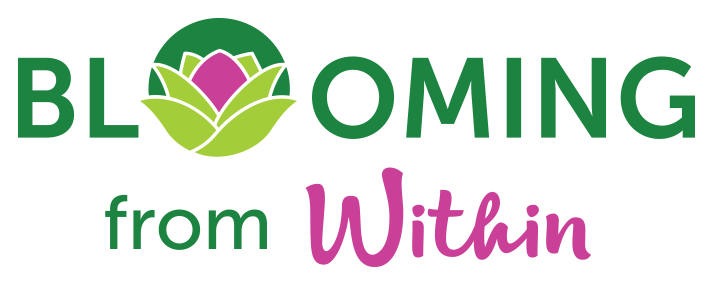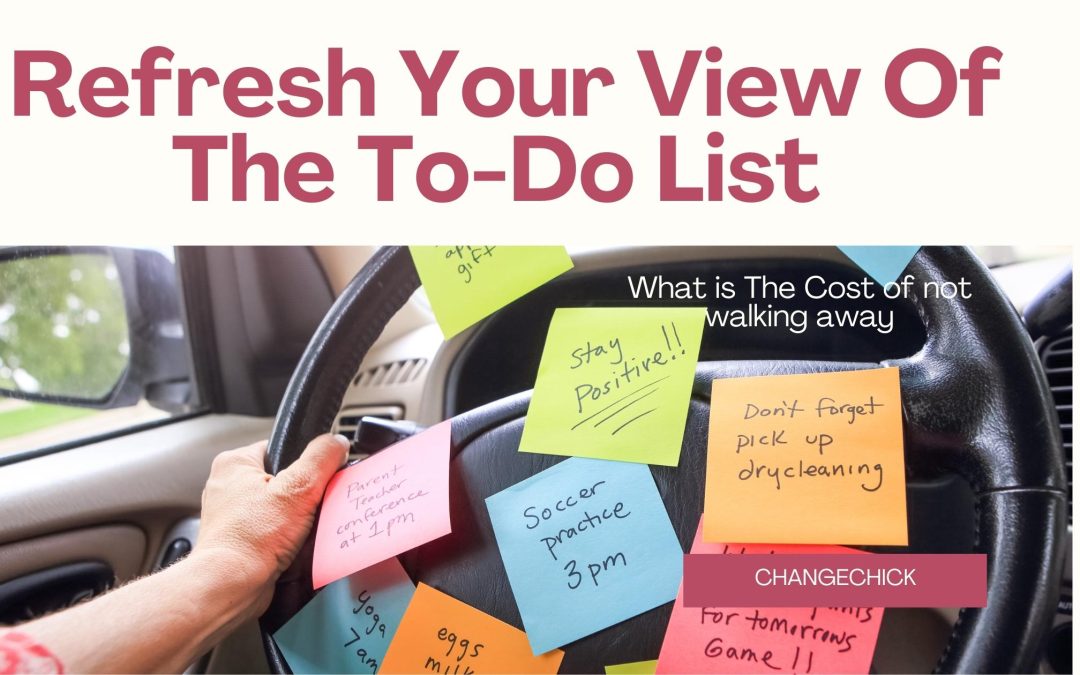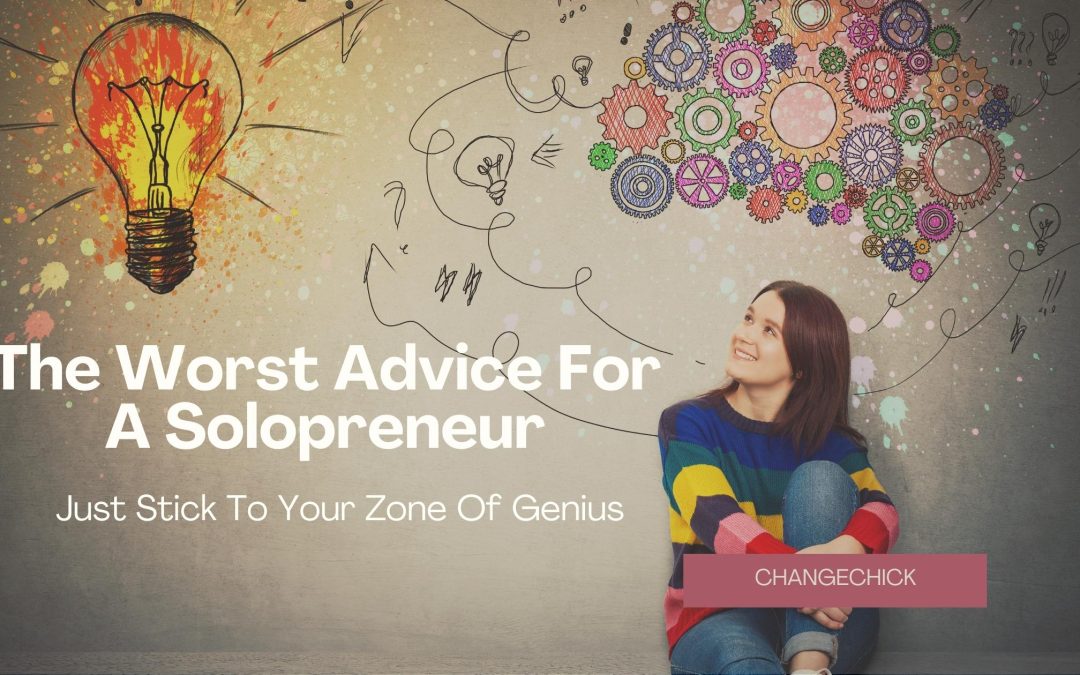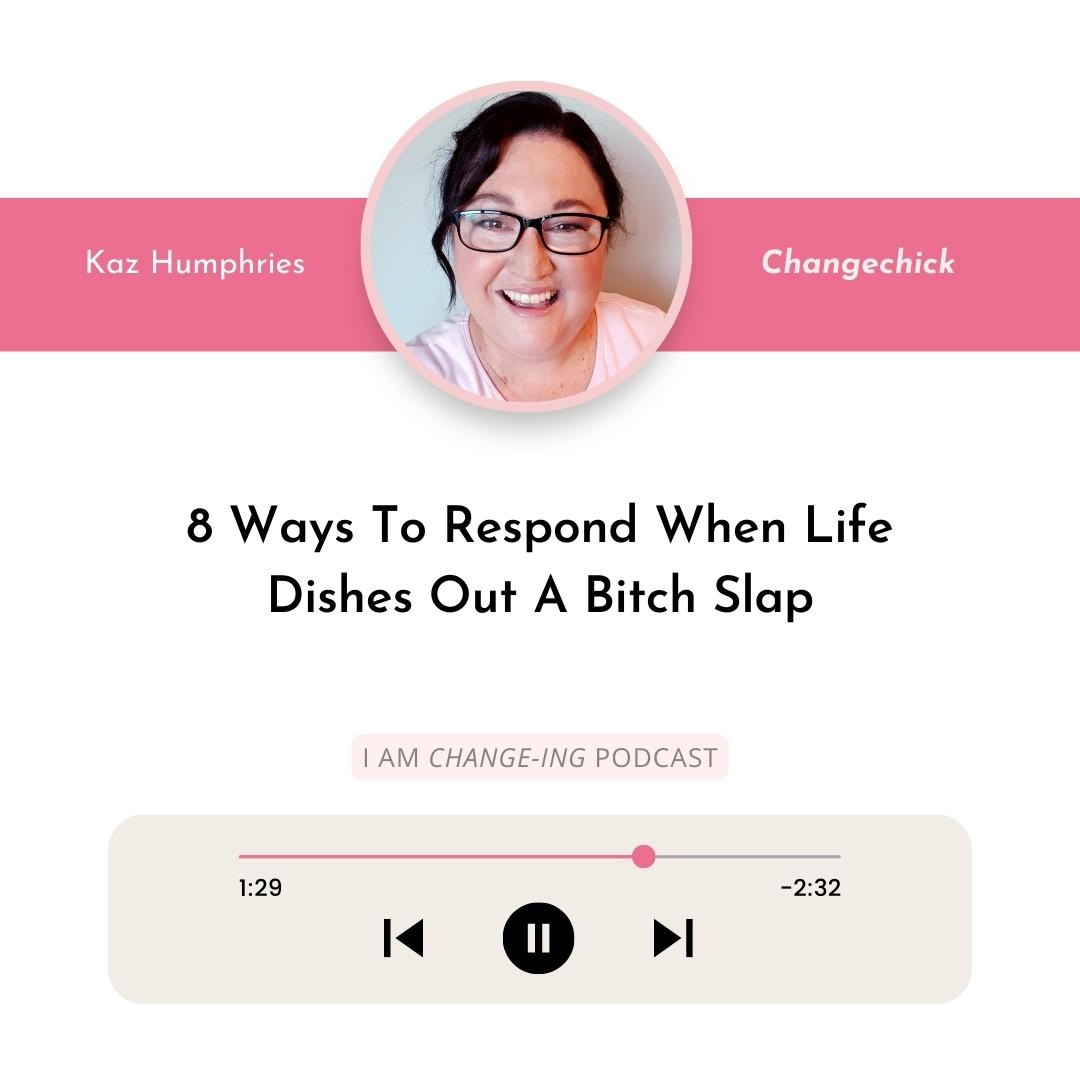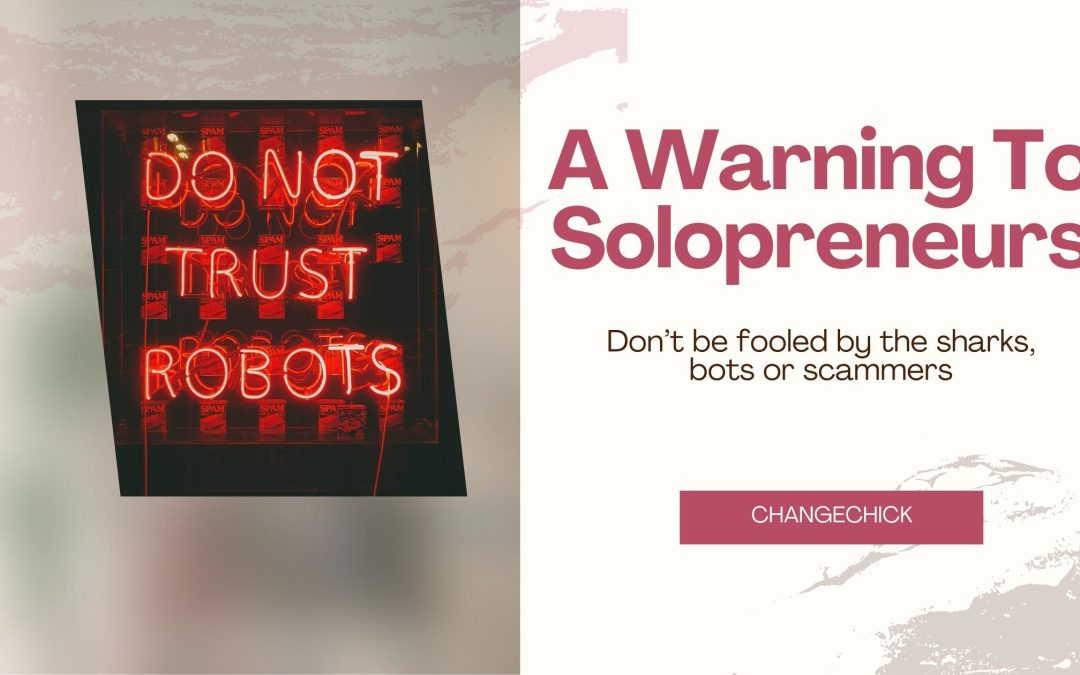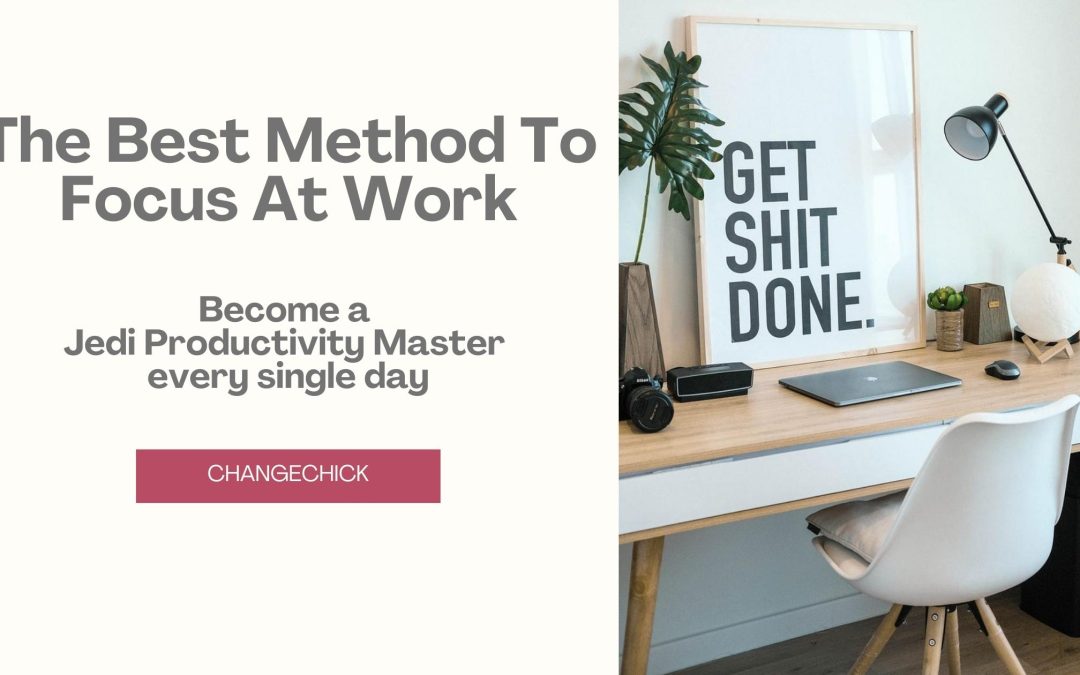
The Best Method To Focus At Work
Become a Jedi Productivity Master every single day
As a self-employed fempreneur, I regularly get asked “How do you get it all done?”
The answer is easy and complicated — I do one thing at a time. The secret is to know how to be efficient and focus your time well.
As a former trained detective and auditor, I’ve had systems ingrained into my work ethic for decades. But here’s the thing, it’s so very easy to become a slave to the ‘to-do’ list.
Whilst it’s great to capture everything you need to do. But if you become overwhelmed with everything on the list, that to-do list can be the single source that constantly activates your anxiety. This is when your focus gets flushed down the toilet.
The other thing about me is I hate to faff about. I like to tick things off the list, that feels very satisfying. I’m a hard worker with a side dish of defiance — I don’t like to be held hostage to a list of things that I must do.
Where possible, I batch specific processes (especially admin) that can be rinsed and repeated.
And I do all of these things using the Pomodoro method.
Pomodoro is a proven productivity hack
The Pomodoro Technique is a methodical time management system. It encourages you to work with the time you have. I find this incredibly invaluable, as it forces me to be realistic about what I can achieve. The Pomodoro Technique also forces me to work on one thing at a time, rather than attempting the entire to-do list.
The Pomodoro Technique was developed Francesco Cirillo who struggled to focus on his university studies and complete assignments.
The technique supports you to limit your focus on the most important tasks to be completed on that day. The technique steps include:
1. Start your day by identifying the most urgent or important item on your to-do list.
By all means, have a list of ‘all’ the things. Be sure to reference the list in fact, add to it, and delete things. But accept this list may never be completed — and that’s ok. By assessing the list, you are creating a scope of work for the day.
2. Choose a single task to focus on.
Sometimes a task is multi-faceted. The key to the first work cycle is to identify all the micro components of the task to ensure nothing is missed. This is your planning component, and it’s critical to keep you laser focused for the remainder of the day.
3. Turn off all distractions.
I can’t emphasize the importance of this enough. Turn everything off. Don’t open social media browsers. Silence the notifications, pings and pop-ups. Don’t even open your email. And place your phone either on the other side of the room or on silent in your desk drawer.
Turn it all off.
4. Set a timer for 25 minutes.
Your first work cycle incorporates that minuscule component of planning and then deep diving into your priority task. Whilst you may be tempted to continue ploughing through the timer, I recommend capturing whatever thought is in your head, then pens down.
Treat this process like it’s your final high school exam and the buzzer went off. Stop right thereafter capturing the idea.
5. After 25 minutes take a five-minute break.
Get up and walk away, get a glass of water to hydrate the brain. Perhaps check the phone + emails (don’t deviate beyond five minutes). Don’t get sidetracked.
This is where your commitment will be tested!
It’s worth noting that the scientific research indicates that when we get up and walk away there’s a couple of things happening.
- reactivating your peripheral visual field to take in new sensory data of the surrounding environment — if you had switched on your flight-fight response, a change of scenery will turn your brain back on
- movement will pump oxygen to your brain
- water will hydrate and lubricate those neural pathways to support you remaining focused
6. Repeat steps 1–3 four times
Return to your workstation after your break. The key here is to review the task you were working on. Assess your progress. This isn’t a shaming exercise, it is the key that enables you to keep yourself exactly on track and laser focused.
So back to work with the timer and commence cycle two.
7. Take a longer break of about 15 to 30 minutes.
After a couple of cycles, it’s time to refuel. Nutritious food is required by the brain to continue functioning into the afternoon. Some rest time also allows that creative mind to reboot!
Here’s why the Pomodoro technique works.
The timer creates a sense of urgency — because sometimes we actually do function better with positive stress! The technique of working in short work cycles, allows you to remain focused on just one thing — this removes distractions and allows your creative mind to power up.
I continue to utilise this technique even when on holidays because it drives purposeful planning first thing in the day. I get to set my intention of what I want to achieve, and then focus on exactly what needs to be done. Additionally, regularly reviewing your progress at the commencement of each work cycle ensures you remain on track.
Why does it feel weird when you start?
If you’re a millennial, you’re addicted to your device. So to sit without distraction you will likely experience a teeny tiny amount of withdrawal. Hence working in short intervals will be perfect for you.
If you’ve finished a traditional Western education, you’ve been programmed to work in 45-minute intervals, without a break. You are forced to use one learning style, with an enormous amount of distractions around you.
If this is your work style, you’re potentially experiencing brain fade in the focus department at the 35-minute mark — am I right?
If you have a side dish of oppositional defiance like me, you’re most likely to work through the first couple of timer alarms. But here’s what you don’t know. The longer you work beyond the 25-minute interval, the more drastic drop in creativity and focus occurs.
Your brain can only store so much data before it switches off.
Can I build in some flexibility?
The technique recommends being quite rigid with the timing of cycles. To consciously understand and recognise how this technique could benefit you, stick to the rules when you start.
Try it for a week and be really honest with what components worked and which felt limiting.
I highly recommend finding your sweet spot. For me, I don’t like the timer because some days I am flowing and other days I need the rigidity. But I always pay attention the moment my mind starts to drift.
Daydreaming (this is actually self-hypnosis) is a normal phenomenon. It’s a fabulous cue to acknowledge it’s time to pause and do something completely different. This almost instantly resets your capacity to refocus and have another crack.
If nothing else, the detachment from your phone, social media and other electronic devices will support your nervous system to settle. This can only increase your capacity to focus!
Who could benefit from the Pomodoro?
There’s a range of benefits from using this technique. But it’s especially great if you –
- allow little distractions often derail your whole day (this is especially true if you’re on the autism spectrum or are neuro-divergent)
- consistently work past the point of optimal productivity
- overly optimistic about your capacity to complete things from your list (you pile too much on your plate)
- have lots of open-ended work items that could take unlimited or unforeseen amounts of time (e.g. studying for an exam, learning new tech)
Conclusion
I’ve been successfully using this technique for nearly twenty years. It’s become the foundation of my productivity and ability to be focused and smash tasks off the to-do list. If you’re looking to create a work-life balance and achieve it all, this technique may be for you!

First published with Illumination, a Medium Publication. Click here this piece.
Listen to the podcast episode.

Want to read more like this?
This is My Roar – signed copies of my first published book can be purchased from this website.
Practice The Pause – click here
5 Ways to Boost Self – click here
About Karen
Change Facilitator
Karen Humphries is a Change Facilitator. She is a qualified Kinesiology Practitioner, Health & Business Coach, LEAP & NES Practitioner, Intuitive Meditation Facilitator, Clinical Hypnotherapist, and published author. She is a self-confessed laughaholic. She loves being of service to the world with her humorous and positive approach to life, encouraging people to ‘choose to change and bloom from within.’
